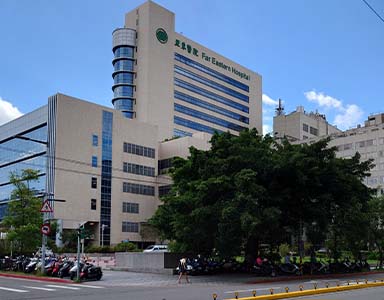In just over a decade, Temple University’s demand response participation has earned nearly $4.1M in gross revenue as of Q1 2018, in addition to approximately $1.5M in cost savings through strategic energy supply management and over $9M in avoided capacity costs through targeted demand management practices.
In addition to the financial benefits, the Temple University team has also improved the efficiency of the campus, maintaining a consistent electric load of 300,000 MWh despite a surge in student population and the construction of new facilities.
Kurt Bresser, Director of Utilities and Energy Management, at Temple University, commented "This program has not only resulted in increased income potential for the university, but has allowed me the freedom to deliver on Temple’s commitment to conservation, sustainability, and efficiency."
With an approach that maximizes all available energy opportunities, Temple University has demonstrated the full benefits of a comprehensive energy strategy across supply, consumption, and demand.




